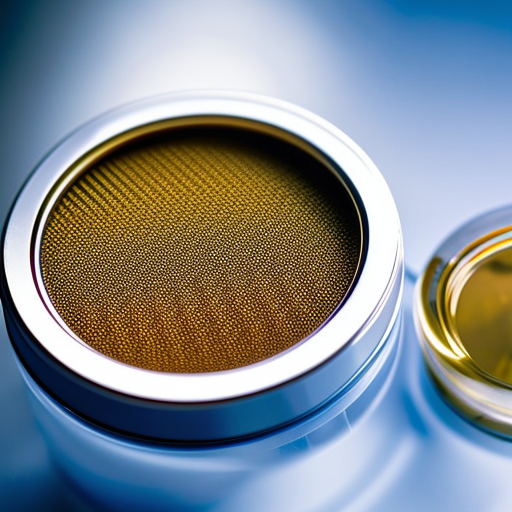Summary:
Cell culture techniques are essential tools in modern biology and medicine, allowing scientists to study and manipulate cells in a controlled environment. This summary provides an overview of the different types of cell culture techniques, including primary cell culture, cell line culture, and three-dimensional (3D) cell culture. It also discusses the importance of cell culture in various applications, such as drug discovery, tissue engineering, and disease modeling.
Types of Cell Culture Techniques:
1. Primary Cell Culture: Primary cell culture involves isolating cells directly from tissues or organs and growing them in a suitable culture medium. These cells retain their original characteristics and are often used for short-term experiments or to establish cell lines.
2. Cell Line Culture: Cell line culture involves growing cells that have been immortalized through genetic modifications or viral transformation. These cells can divide indefinitely and are commonly used in long-term experiments and large-scale production of biological molecules.
3. Three-Dimensional (3D) Cell Culture: 3D cell culture techniques aim to mimic the complex structure and function of tissues in vitro. This can be achieved by culturing cells in scaffolds or using specialized techniques such as organoids or bioprinting. 3D cell culture models provide a more physiologically relevant environment for studying cell behavior and tissue development.
Applications of Cell Culture Techniques:
1. Drug Discovery: Cell culture techniques play a crucial role in drug discovery by allowing researchers to test the efficacy and toxicity of potential drugs on specific cell types. This helps identify promising drug candidates and reduces the need for animal testing.
2. Tissue Engineering: Cell culture techniques are used in tissue engineering to create functional tissues and organs for transplantation. By culturing cells on biocompatible scaffolds, scientists can promote cell growth and tissue formation, leading to the development of artificial organs and potential solutions for organ transplantation.
3. Disease Modeling: Cell culture techniques enable the creation of disease models by culturing cells from patients with specific genetic disorders or diseases. These models provide valuable insights into disease mechanisms, drug responses, and potential therapeutic targets.
4. Basic Research: Cell culture techniques are fundamental tools in basic research, allowing scientists to study cellular processes, gene expression, and cell signaling in a controlled environment. By manipulating specific cell types, researchers can unravel the complexities of biological systems and advance our understanding of various diseases.
Challenges and Future Directions:
While cell culture techniques have revolutionized biomedical research, there are several challenges that researchers face. Maintaining cell viability, preventing contamination, and ensuring reproducibility are critical aspects of successful cell culture. Additionally, the limitations of two-dimensional (2D) cell culture models in recapitulating the complexity of tissues and organs are being addressed through the development of more advanced 3D culture techniques.
In the future, advancements in cell culture techniques are expected to further enhance their applications. This includes the use of stem cells and induced pluripotent stem cells (iPSCs) for disease modeling and regenerative medicine. Additionally, the integration of microfluidics and bioengineering approaches will enable the creation of more sophisticated and physiologically relevant in vitro models.
In conclusion, cell culture techniques are indispensable tools in modern biology and medicine. They allow scientists to study cells in a controlled environment, enabling advancements in drug discovery, tissue engineering, disease modeling, and basic research. With ongoing advancements, cell culture techniques will continue to play a vital role in advancing our understanding of cellular processes and developing innovative solutions for various biomedical challenges.












